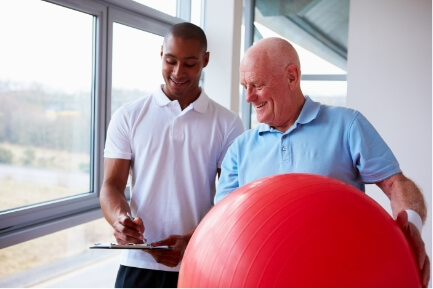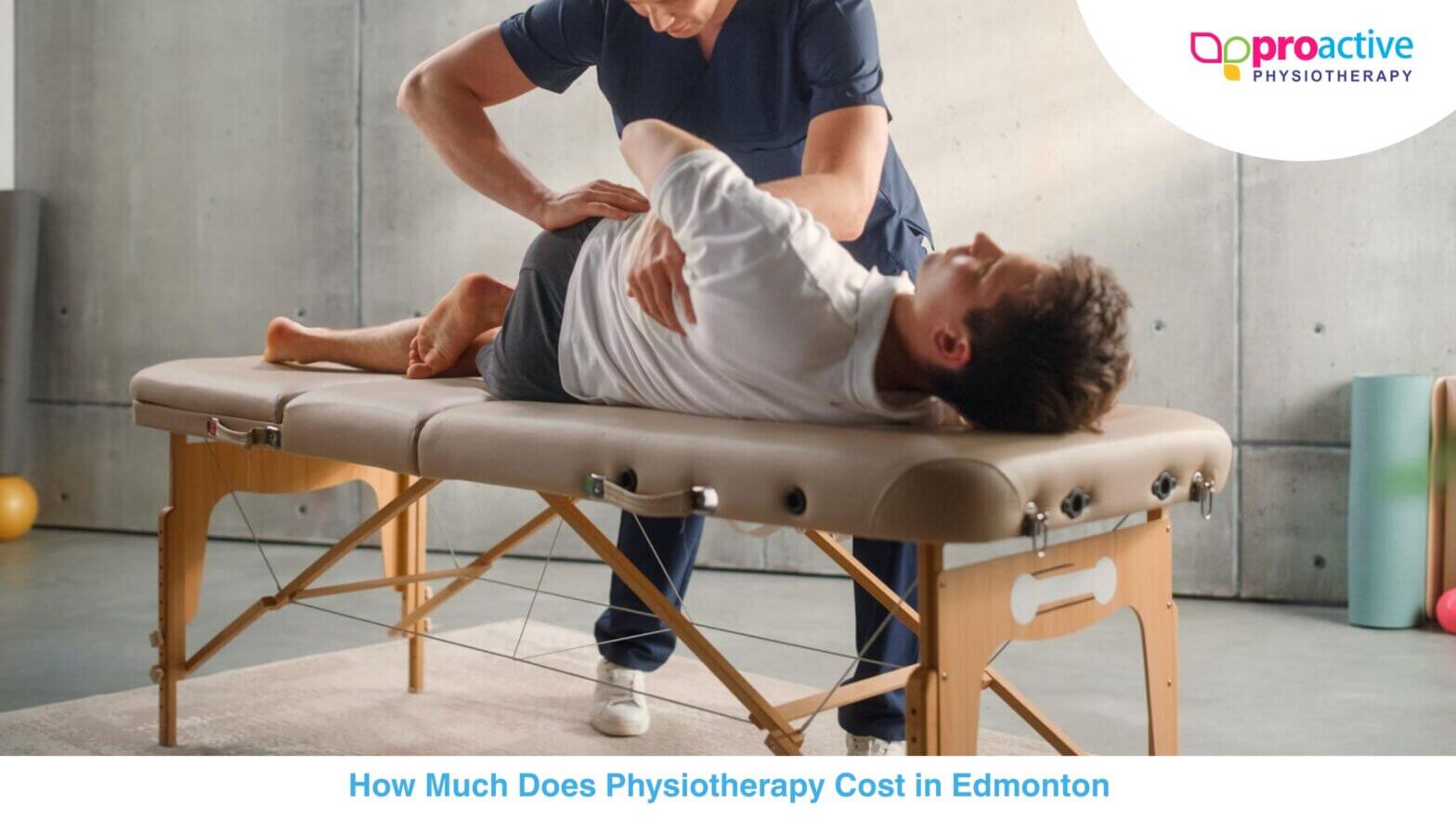Have you ever wondered how physiotherapy can be a key player in managing and alleviating long-term pain? Physiotherapy, an integral part of modern healthcare, offers a multifaceted approach to pain management, blending science, clinical expertise, and patient-centered care.
The discipline utilizes a variety of techniques, each with its unique role in addressing pain and improving quality of life. These methods are not just about treating symptoms; they are about empowering individuals to take an active role in their pain management journey. Let’s dive into some of the core physiotherapy techniques that have been instrumental in providing long-term relief from pain.
Understanding the Basics of Physiotherapy
Physiotherapy, or physical therapy, is a healthcare profession dedicated to enhancing, maintaining, or restoring physical strength and function. It involves a range of treatments and techniques to help people who are affected by injury, illness, or disability.
How Does Physiotherapy Help in Pain Management?
Physiotherapy plays a pivotal role in pain management. It focuses on the source of the pain and aims to improve joint mobility, strengthen muscles, and enhance overall well-being. This is achieved through exercises, manual therapy, and education about body mechanics.
Core Physiotherapy Techniques for Long-Term Pain Relief
Physiotherapy encompasses a variety of techniques specifically designed to provide long-term relief from pain. These methods, grounded in scientific understanding and clinical experience, offer solutions tailored to individual needs and conditions. Below, we explore some core physiotherapy techniques that have proven effective in managing long-term pain.
1. Exercise Therapy
Exercise therapy is fundamental in physiotherapy for pain relief. It focuses on strengthening the muscles, enhancing flexibility, and increasing joint mobility. Exercise regimens are carefully tailored to each individual’s condition and pain level. Regular, targeted exercises can help reduce pain, improve function, and prevent the recurrence of symptoms.
2. Manual Therapy
Manual therapy involves hands-on techniques performed by the physiotherapist. It includes joint mobilization, manipulation, and massage. These methods reduce pain, increase joint movement, and improve blood circulation. Manual therapy is often used to treat musculoskeletal pain, including back and neck pain.
3. Electrotherapy
Electrotherapy uses electrical energy to manage pain, promote healing, and improve muscle function. Techniques like Transcutaneous Electrical Nerve Stimulation (TENS) and ultrasound therapy are common. TENS, for instance, uses low-voltage electrical currents to relieve pain, while ultrasound therapy employs sound waves to promote tissue healing and reduce inflammation.
4. Acupuncture and Dry Needling
Acupuncture and dry needling, though distinct, are often used in physiotherapy. Acupuncture involves inserting needles into specific points on the body to balance energy flow. On the other hand, dry needling targets muscle knots or trigger points to release tension and alleviate pain. Both methods can effectively manage chronic pain, especially in muscles and joints.
5. Heat and Cold Therapy
Heat and cold therapy are simple yet effective techniques used in physiotherapy. Heat therapy, through methods like hot packs or warm baths, relaxes muscles and improves blood circulation. Cold therapy, like ice packs, can reduce inflammation and numb pain. The choice between heat and cold depends on the type of pain and the physiotherapist’s assessment.
6. Hydrotherapy
Hydrotherapy involves exercises performed in water, typically a warm pool. Water’s buoyancy, warmth, and resistance can help relieve pain, improve joint movement, and enhance muscle strength. It is particularly beneficial for arthritis, chronic back pain, and post-surgical rehabilitation.
7. Education and Self-Management Strategies
Education is a vital part of physiotherapy for long-term pain relief. Physiotherapists guide posture, ergonomics, and lifestyle changes that can help manage pain. They also teach self-management techniques, such as how to cope with pain flare-ups and maintain physical activity levels.
8. Biomechanical Analysis and Orthotic Prescription
For some patients, pain relief comes from correcting biomechanical imbalances. Physiotherapists can analyze walking patterns, posture, and movement to identify these imbalances. They may prescribe orthotics or other assistive devices to improve alignment and reduce pain.
Physiotherapy offers a diverse range of techniques for long-term pain relief. These strategies are often integrated to create a comprehensive, individualized treatment plan. The goal is to alleviate pain and empower individuals to manage their condition and improve their overall quality of life.
Integrating Physiotherapy into Daily Life
For long-term pain relief, it’s essential to integrate physiotherapy techniques into daily routines.
Regular Exercise Routine
Establishing a regular exercise routine, as a physiotherapist prescribes, is crucial. It ensures consistent progress in strengthening and flexibility.
Ergonomics and Posture Correction
Improving posture and ergonomic practices at work and home can significantly reduce the strain on the body, thus alleviating pain.
Stress Management
Stress can exacerbate pain. Techniques like deep breathing, mindfulness, and relaxation exercises can be beneficial.
Overcoming Challenges in Pain Management
Managing long-term pain can be challenging. It requires consistency, patience, and a proactive approach.
Dealing with Flare-ups
Pain flare-ups can be discouraging. Learning how to manage these episodes through relaxation techniques and gentle exercises is important.
Motivation and Mindset
Maintaining motivation and a positive mindset is crucial in the journey towards pain relief. Setting realistic goals and celebrating small victories can be immensely helpful.
Collaboration with Healthcare Professionals
Working closely with healthcare professionals, including physiotherapists, is essential for a comprehensive pain management plan.
Regular Assessments and Adjustments
Regular check-ins with a physiotherapist can help assess progress and make necessary adjustments to the treatment plan.
Interdisciplinary Approach
Sometimes, an interdisciplinary approach involving other specialists like psychologists or nutritionists may be beneficial in managing long-term pain.
Finishing Thoughts
As we explore the realm of physiotherapy for long-term pain relief, it’s clear that this discipline is much more than a series of treatments—it’s a journey towards a better quality of life. The core techniques of physiotherapy, ranging from exercise therapy to electrotherapy, provide a multifaceted approach to managing pain. Each method plays a unique role in alleviating pain and empowering individuals to understand and take control of their health.
What’s important to remember that physiotherapy’s effectiveness lies in its personalized approach. Each treatment plan is tailored to the individual’s specific needs, taking into account their type of pain, lifestyle, and overall health goals. This customization is what makes physiotherapy a viable solution for a diverse range of patients suffering from chronic pain.
Moreover, the journey of managing long-term pain with physiotherapy is an ongoing process. It requires patience, consistency, and a proactive mindset. The ultimate goal is not just to provide temporary relief but to foster long-term well-being and prevention of future pain-related issues.
Physiotherapy offers a hopeful path for those struggling with long-term pain. By combining expert knowledge with compassionate care, physiotherapists guide their patients toward a life where pain is not a limiting factor but a manageable aspect of their overall health journey. As we embrace these diverse techniques and integrate them into our lives, we open the door to improved well-being and a more active, fulfilling life.
Tags: Physiotherapy Strategies




